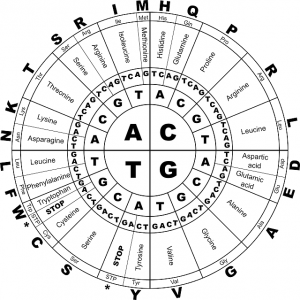
Genes code for the making of enzymes, structural proteins, transport proteins, and defense proteins. The NQO1 gene codes for enzymes that reduce Coenzyme Q10 and Vitamin E to their antioxidant forms. Genetic variations called polymorphisms may lead to a failure to produce the standard form of a gene. There seem to be ethnic differences in the ability to produce the standard form of the NQO1 gene such that some ethnic groups have a higher percentage of individuals unable to produce the gene and thus make the enzymes that reduce Coenzyme Q10. However, these ethnic differences are on the order of 2 or 3 polymorphisms per 20 individuals, too few to warrant the marketing claim that individuals over the age of 40 have difficulty converting ubiquinone Coenzyme Q10 to its reduced form ubiquinol.
NQO1 is the abbreviated form of the name for both the NAD(P)H dehydrogenase (quinone 1) gene and the NAD(P)H:quinone acceptor oxidoreductase enzymes that the gene codes for.
The NQO1 enzymes are of interest to us because they are responsible for the reduction of the ubiquinone form of Coenzyme Q10 to the ubiquinol form [Siegel 2017]. That conversion takes the Coenzyme Q10 molecules from their bio-energetics form to their antioxidant form.
NQO1 and the conversion of ubiquinone to ubiquinol
The ubiquinone form of Coenzyme Q10 is the essential form needed for the cellular process of ATP energy production. The ubiquinol form of Coenzyme Q10 is the fat-soluble antioxidant form that provides protection against oxidative damage.
Oxidative damage is damage to proteins, lipids, and DNA caused by an excess of harmful superoxides and peroxides and other free radicals in relation to the antioxidants that neutralize and inactivate them.
NQO1 and Vitamin E
The NQO1 enzymes also contribute to the antioxidant protection of lipids and proteins and DNA by reducing Vitamin E to its antioxidant form [Siegel 2017].
NQO1 direct radical scavenging activity
Furthermore, the NQO1 enzymes have been reported to have direct superoxide radical scavenging properties itself. The NQO1 enzyme antioxidant powers are considerably weaker than the scavenging powers of the superoxide dismutase (SOD) antioxidant enzymes, but the NQO1 enzymes may be important in tissues in which the levels of SOD are low [Siegel 2004].
Ethnic variation in NQO1 polymorphism prevalence*
There is evidence that suggests that members of different ethnic groups are more or less likely to have a polymorphism of the NQO1 gene.
The prevalence of an NQO1 polymorphism in homozygous members of different ethnic groups is as follows:
- Caucasians 5%
- African-Americans 5%
- Mexican-Americans 15.5%
- Asians 20.3% overall
- Koreans 18.8%
- Chinese 22.4%
These percentages have been drawn from an examination of 529 healthy study participants [Kelsey 1997].
NQO1 ethnic variation and Coenzyme Q10 reduction
One of the implications of the work on ethnic variation in the prevalence of NQO1 genes is that members of different ethnic groups may have correspondingly more or less ability to reduce the ubiquinone form of Coenzyme Q10 to its antioxidant form ubiquinol.
As can be seen in the data above, the probability that Caucasian Americans or African-Americans would be unable to reduce Coenzyme Q10 is 1:20. For Mexican-Americans, the probability is somewhat higher: about 3:20, and, for Asian-Americans, the probability is about 4:20 [Kelsey 1997].
These are not alarming ratios. These statistics from a single study of 529 individuals are not a sound basis for making the marketing claim that people over the age of 40 need a ubiquinol supplement because they may have difficulty converting ubiquinone to ubiquinol.
Furthermore, we have the documented evidence from randomized controlled studies that people well over the age of 40 achieved significant heart health benefits from oral supplementation with a well-formulated ubiquinone preparation:
- the Q-Symbio study (average age: 62 years): reduced risk of major adverse cardiovascular events and improved survival
- the KiSel-10 study (average age: 78 years): better maintained heart function and reduced risk of death from heart disease
Moreover, if it is the case that older individuals tend to have lower ubiquinol:ubiquinone ratios than younger individuals do, then it may be that the change in the redox status of the Coenzyme Q10 is caused by increased oxidative stress with increasing age and not by a failure to convert ubiquinone to ubiquinol [Wada 2007].
Remember, the ubiquinol can be replenished in the body by the use of a well-formulated ubiquinone Coenzyme Q10 supplement. The ubiquinone will be absorbed and will be converted to ubiquinol in the lymph [Judy 2018].
Puzzling marketing claims about Coenzyme Q10
Despite marketing claims to the contrary, I cannot find any human studies that show that people above the age of 40 will have difficulty converting the oral ubiquinone in their Coenzyme Q10 supplement to ubiquinol in the body. To repeat: it seems plausible that increases in the ubiquinone:ubiquinol ratio in plasma are indicative of increases in systemic oxidative stress in older individuals [Wada 2007].
There is no reason at all to call ubiquinol “the preferred form of Coenzyme Q10” as some marketers do. Both forms, the oxidized form ubiquinone, and the reduced form ubiquinol, are important.
- Ubiquinone is essential for the bio-energetics of the cells.
- Ubiquinol is an important fat-soluble antioxidant.
Similarly, I have looked in vain for documentation for the claim that oral ubiquinone is converted to the ubiquinol form prior to absorption. If any reader of this article has evidence for this claim, please send me the reference.
Dr. William Judy’s research into Coenzyme Q10 absorption
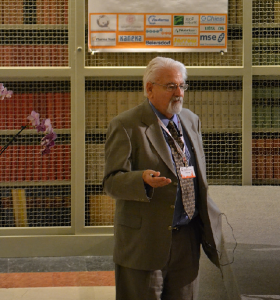
Dr. William Judy, long-time Coenzyme Q10 researcher, says that the ubiquinone in a Coenzyme Q10 supplement will be absorbed as ubiquinone and then converted to the ubiquinol. It will move through the lymph to the blood circulation in the form of ubiquinol.
Dr. William Judy’s work at the SIBR Research Institute has shown the reverse of the above marketing claim. His work with live large animals has shown that the oral ubiquinol in supplements is converted to ubiquinone in the stomach and small intestine prior to absorption and then converted back to ubiquinol as it enters the lymph [Judy 2018].
According to Dr. Judy, it makes sense that Coenzyme Q10 is predominantly in the ubiquinol form in the lymph and in the blood as there is not a huge requirement for energy production in the lymph and in the blood [Judy 2018].
When, then, the Coenzyme Q10 enters the cells and tissues, it will be needed in the ubiquinone form for cellular energy production.
Conclusion: beware of undocumented marketing claims
There are many misleading and undocumented marketing claims for various Coenzyme Q10 supplements in the United States. The best thing to do, it would seem, is to stick to a Coenzyme Q10 supplement that has been tested in randomized controlled trials like the Q-Symbio study, the Ki-Sel-10 study, and the Gulf War Illness study.
*Explanation: What are NQO1 polymorphisms?
Simply put, polymorphisms are genetic variations within a population. Many polymorphisms are silent and inactive. Whenever there is more than 1% mutation from the standard or dominant allele of a gene, we speak of a polymorphism.
Single nucleotide polymorphisms (SNPs) are the most common forms of polymorphisms. SNPs are genetic variations at specific places in the DNA. Each of us has many SNPs. It is the SNPs that give us our individuality.
Some SNPs can cause disturbances in the sequence of amino acids and in the coding for proteins, including enzymes. Some SNPs are associated with the development of diseases. Other SNPs do not seem to cause any disorders.
Sources
Judy, W. V. (2018). Private communication.
Kelsey, K. T., Ross, D., Traver, R. D., Christiani, D. C., Zuo, Z. F., Spitz, M. R., & … Wiencke, J. K. (1997). Ethnic variation in the prevalence of a common NAD(P)H quinone oxidoreductase polymorphism and its implications for anti-cancer chemotherapy. British Journal of Cancer, 76(7), 852-854.
Ross, D., & Siegel, D. (2017). Functions of NQO1 in Cellular Protection and CoQ10 Metabolism and its Potential Role as a Redox Sensitive Molecular Switch. Frontiers In Physiology, 8595. doi:10.3389/fphys.2017.00595
Siegel, D., Gustafson, D. L., Dehn, D. L., Han, J. Y., Boonchoong, P., Berliner, L. J., & Ross, D. (2004). NAD(P)H:quinone oxidoreductase 1: role as a superoxide scavenger. Molecular Pharmacology, 65(5), 1238-1247.
Wada, H., Goto, H., Hagiwara, S., & Yamamoto, Y. (2007). Redox status of Coenzyme Q10 is associated with chronological age. Journal Of The American Geriatrics Society, 55(7), 1141-1142.
The information contained in this review article is not intended as medical advice. It should not be used as such.


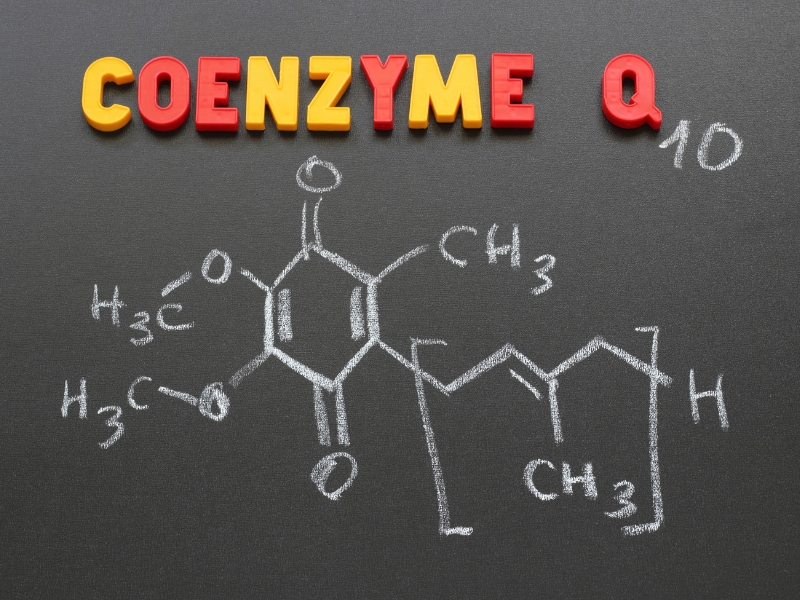
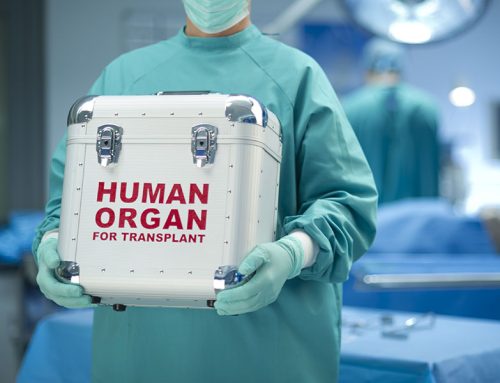
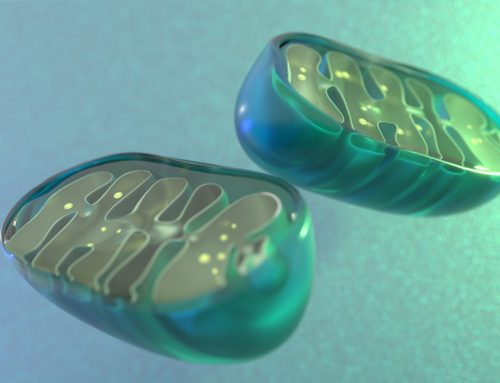

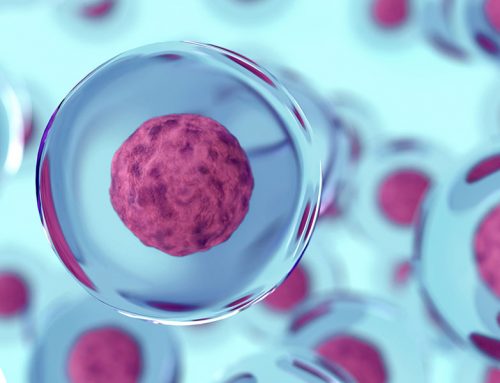
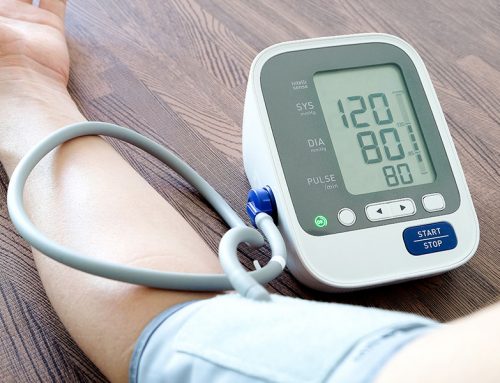

Leave A Comment